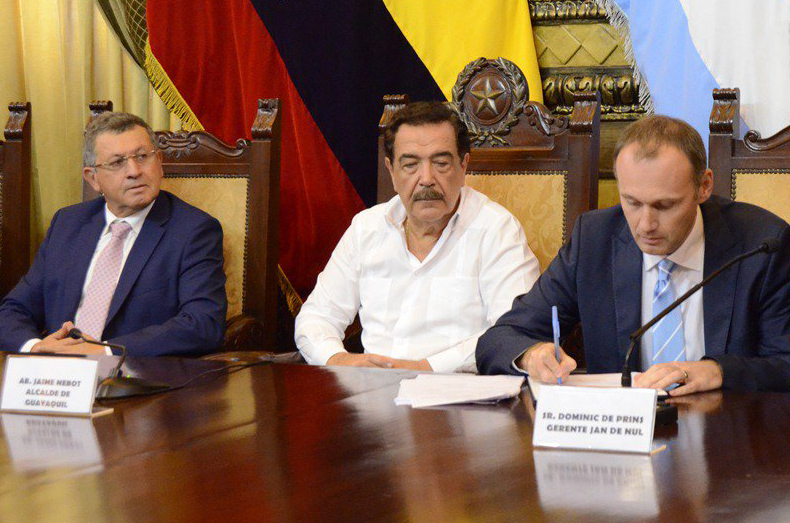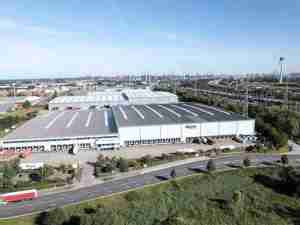The government of Guayaquil in Ecuador recently led the signing of a 25-year concession agreement with Luxembourg-based Jan De Nul Group for the deepening and maintenance of the 95-kilometer long access channel leading to the port of Guayaquil.

Contecon Guayaquil SA (CGSA), the Ecuadorian subsidiary of International Container Terminal Services, Inc. (ICTSI), welcomes the recent signing of the dredging concession, which will “ensure the progress not only of Guayaquil, whose ports will be directly benefited, but of the entire Ecuador.”
Jose Antonio Contreras, CGSA chief executive officer, said that the dredging of the Guayaquil channel further boosts the terminal’s operational capabilities, being the only port in the country capable of berthing two post-Panamax vessels simultaneously: “[CGSA] should be able to strengthen its position as the country’s preferred port of call in the Pacific coast that has a deeper access channel, allowing the entry of the world’s largest box ships. We look forward to the arrival of neo-Panamax box ships since the terminal is ready to handle these new generation vessels.”
Contecon Guayaquil is ICTSI’s largest port concession in Latin America with a handling capacity of up to 1.4-million twenty equivalent-foot units (TEUs) annually.
More than 12 million tons of products, or nearly 85 percent of goods imported and exported from Ecuador pass through the Port of Guayaquil, it being in close proximity to export zones and agricultural areas.









